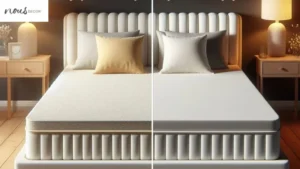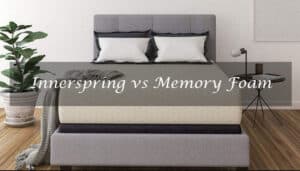What Are The Different Furniture Styles? As we explore the rich history of furniture design, it becomes evident that styles have evolved over the centuries, each reflecting the trends, technologies, and design aesthetics of its time. From 20th century modern design to traditional antique furniture and Amish furniture, there is a wide range of styles to choose from.
Whether you’re looking for accent furniture, bedroom décor, or a set of living room chairs, each style has its own unique characteristics and common uses. From Dutch and style Louis XVI furniture to bohemian and Industrial Revolution inspired pieces, furniture-making has seen a variety of influences and trends.
Whether it’s geometric shapes, cabriole legs, or neutral colors, furniture pieces, and styles continue to shape the way we decorate and furnish our living spaces.
If you’re intrigued by this diversity, the crucial question to ask is: how do you choose the right interior style for your home? This article by Nousdecor will be useful to you!
Takeaways
- Furniture styles include a wide range of options like contemporary, modern, traditional, and rustic.
- Contemporary pieces embody sleek lines and experimental forms.
- In comparison, traditional furnishings reflect historical influences like French, British, and Italian designs which feature ornate woodwork and luxurious fabrics.
- The modern style emphasizes simplicity in materials and silhouettes.
- Its lean profiles and geometric shapes contrast the elaborate carvings of traditional interiors.
- On the other hand, rustic décor utilizes reclaimed wood, distressed finishes, and textured textiles to convey a natural, cozy aesthetic.
- Ultimately, there are many unique furniture styles to choose from based on personal taste and decorating goals.
What are The Different Furniture Styles?
When it comes to furnishing a space, the choice of furniture style plays a crucial role in defining the overall aesthetic. From classic designs to contemporary pieces, the world of furniture offers a diverse range of styles to suit different tastes and interior themes. Understanding the characteristics and elements of various furniture styles can help in making informed decisions while decorating a space.
There are a wide variety of furniture styles to choose from when designing your living space:
- Traditional styles like antique, classic, and vintage styles reflect historical influences and often feature ornate details, dark woods, and luxurious materials.
- Solid wood furniture is utilized in rustic farmhouse design, incorporating distressed woods and simple lines to create a cozy and welcoming look.
- Modern contemporary styles furniture are characterized by clean lines, minimal ornamentation, and fresh, innovative materials and shapes.
- Mid-century modern furniture has an elegant, retro appeal with its subtle curves and organic wood details.
- For bold glamour, Art Deco furniture uses vibrant colors, geometric patterns, and lavish embellishments.
- Industrial style furniture repurposes metals, concrete, and reclaimed wood for an edgy, urban warehouse vibe.
- Scandinavian furniture emphasizes simplicity, functionality, and natural wood tones.
- The fashion-forward Queen Anne style furniture is characterized by cabriole legs with a pad or drake feet and is primarily crafted from walnut wood, featuring graceful curves and minimal decoration.
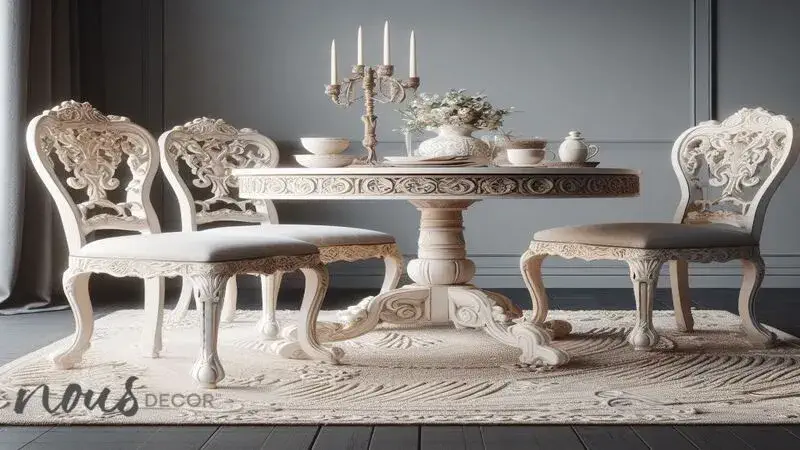
And a great deal more styles than that such as American furniture, American design, William and Mary styles, Jacobean furniture, Hepplewhite furniture, and so on… All are popular styles. With this range of options, you can find furniture styles to match your personal tastes and home aesthetics. Thoughtfully mixing and matching key elements allows you to create a cohesive style all your own.
Modern Furniture Styles
- Modern furniture encompasses contemporary, mid-century, and minimalist styles that bring fresh appeal to today’s interiors.
- Contemporary furniture styles spotlight sleek lines, neutral hues, and a seamless mix of materials like leather, glass, and metal. The minimalist forms create an airy, sophisticated look perfect for modernes spaces.
- The mid-century modern style furniture emerged in the mid-1900s. Its hallmarks include tapered legs, organic shapes, and playful curves. Iconic mid-century pieces feature wood tones like walnut paired with bright pops of color. The retro silhouettes blend effortlessly into both vintage furniture and contemporary settings.
- Minimalist furniture celebrates elemental designs stripped down to the basics. Clean lines, simple forms, and muted colors characterize this calm, uncluttered look. Natural materials like wood and stone allow their inherent beauty to shine through.
- While differing in aesthetics, these three modern styles share a common thread of celebrating innovation, creativity, and thoughtful design.
- Contemporary pieces bring sleek elegance, mid-century designs offer lively retro charm, and minimalist furniture combines to promote serene tranquility.
- Modern furniture offers endless possibilities to art and craft furniture a unique contemporary space, whether it’s the sophisticated allure of contemporary furniture, the spirited curves of mid-century, or the restrained utility of minimalism. Each style brings fresh modern appeal to furniture styles today.
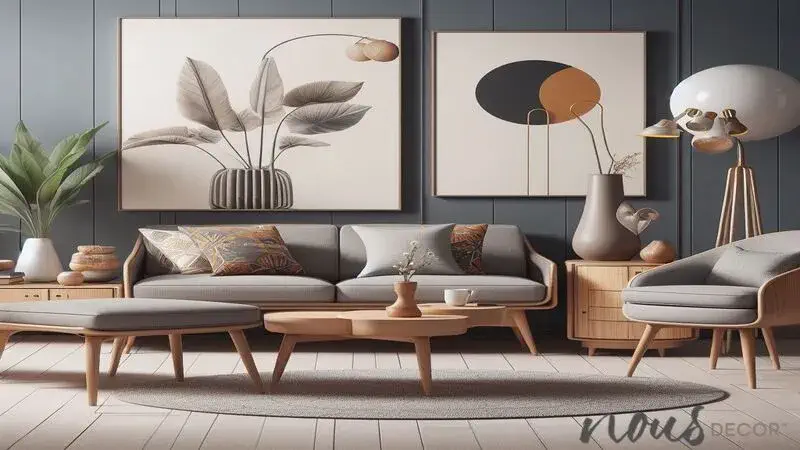
Traditional Furniture Style Designs
- Traditional furniture encompasses timeless styles that draw from historical influences and exquisite craftsmanship. With ornate details and elegant silhouettes, traditional designs bring a refined sophistication to living spaces.
- Art Deco furniture dominated the 1920s and 30s with its geometric patterns, sleek forms, and lavish materials like exotic woods and polished metals. This opulent style exuded modern glamour and chic elegance in its day. Art Deco’s striking geometric motifs and lustrous materials remain coveted in high-end interiors today.
- Victorian furniture reflects the grandeur of the 19th century Victorian era. Intricate woodcarvings, rich upholstery, and romantic curves create an aura of old-world luxury furniture. The ornate detailing evokes a sense of nostalgia and timeless grace.
- Chippendale furniture is characterized by influences like the English Regency and French Provincial, informing traditional styles across eras. Common style furniture features of this style include decorative wood carvings, timeless silhouettes, and rich materials that stand the test of time.
- From the sleek modernism of the Art Deco style to the romantic opulence of Victorian, traditional furniture designs share a core elegance and meticulous artisanship. These ornate furnishings lend a cultivated, refined air to living spaces through their nods to influential eras of design and decoration. The timeless appeal of traditional furniture continues to shape elegant interiors today.
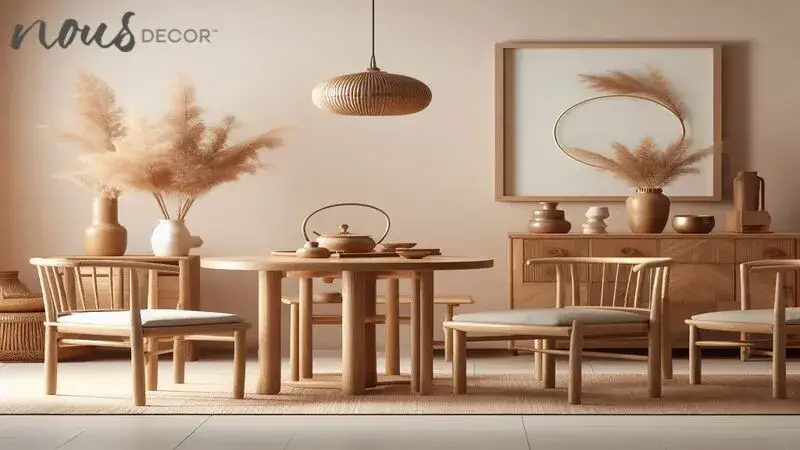
Rustic & Industrial Furniture
- Rustic and industrial furniture share a raw, rugged aesthetic that brings authentic charm to living spaces. Natural materials and a focus on utility define these styles.
- Rustic furniture styles spotlight the innate beauty of wood through distressed finishes and organic textures. Earthy tones and subtle imperfections infuse rustic pieces with cozy warmth. This style fits perfectly in country cottages, bringing nostalgic appeal through its unrefined yet inviting look.
- On the flip side, the industrial interior embraces the gritty appeal of warehouses and factories. Materials like weathered metal, concrete, and reclaimed wood blend sturdy function with urban edge. The fusion of heritage and contemporary sensibilities results in a modern industrial chic vibe.
- Scandinavian design also informs industrial and rustic styles. Clean lines, light woods, and functionality shape the minimalist Scandinavian aesthetic. This modern, tranquil look perfectly complements the textural warmth of rustic pieces and the sleek edges of industrial ones.
- While rustic and industrial styles differ in specifics, they share a common thread of simplicity and rugged authenticity. The judicious use of organic materials and streamlined forms creates furniture with an organic, utilitarian appeal. From cozy cottages to modern lofts, industrial and rustic furniture brings sleek, textural charm to living spaces.
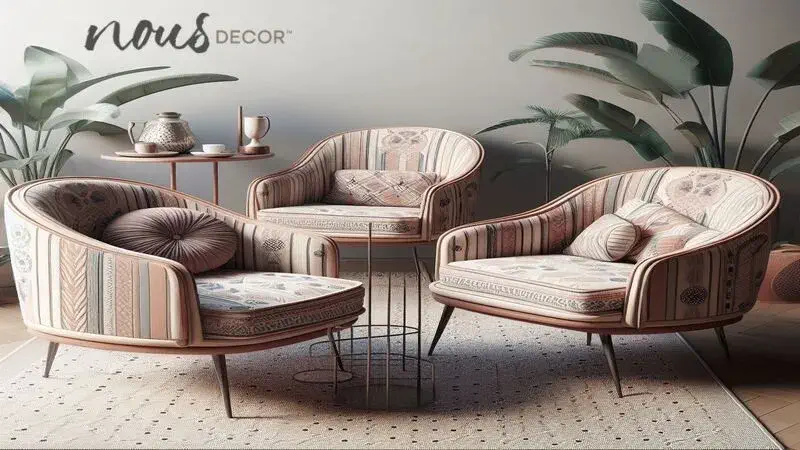
How to Choose the Right Furniture Style for Your Space?
When selecting furniture, first consider the overall aesthetic and proportions of the space. Take into account architectural details and your desired formality level. Choose pieces that complement the room’s layout and design theme, whether sleek contemporary items for a minimalist loft or ornate traditional pieces for a formal dining room. Transitional furniture styles can blend classic shapes with modern materials for versatility.
Most importantly, pick furniture that reflects your taste and creates the ambiance you seek, whether cozy, glamorous, rustic, or retro. Thoughtfully chosen styles will unify your space. Take these five important steps to help you choose the perfect interior style for the furnishings in your home:
- First and foremost, establish a clear budget to guide your shopping decisions, ensuring you stay within your financial constraints.
- Next, define a design theme for your home, considering whether you prefer modern, classic furniture or understated styles and how existing elements in your home might complement or clash with your chosen theme.
- Prioritize high-quality and stain-resistant fabrics to ensure comfort and durability, especially if you have children or plan on frequent entertaining.
- Consider the number of people in your household when selecting furniture, opting for appropriately sized pieces of furniture to suit your living space.
- Lastly, seek advice from interior design professionals who can offer valuable insights and guidance, helping you feel confident in your furniture choices.
What Defines a Furniture Style?
Furniture styles are defined by the unique design characteristics, aesthetic influences, and cultural trends that shape each category of furnishings. The spectrum of artistic expressions and functional attributes in furniture encompasses everything from ornate, traditional pieces to minimalist, contemporary forms. But what exactly makes a style of furniture distinct?
At their core, popular furniture styles are differentiated by their aesthetic features and motifs. Contemporary designs are recognized for their sleek lines, sparse ornamentation, and use of materials like metal, glass, and leather. This pared-down look contrasts traditional styles, which exhibit intricate wood detailing, curved silhouettes, and classic elegance reminiscent of past eras.
Mid-century modern and industrial furnishings demonstrate other stylistic differences. Mid-century pieces combine clean lines with organic shapes for seamless form and function. Industrial furniture reveals its utilitarian roots through raw materials and exposed piping that highlights structural elements.
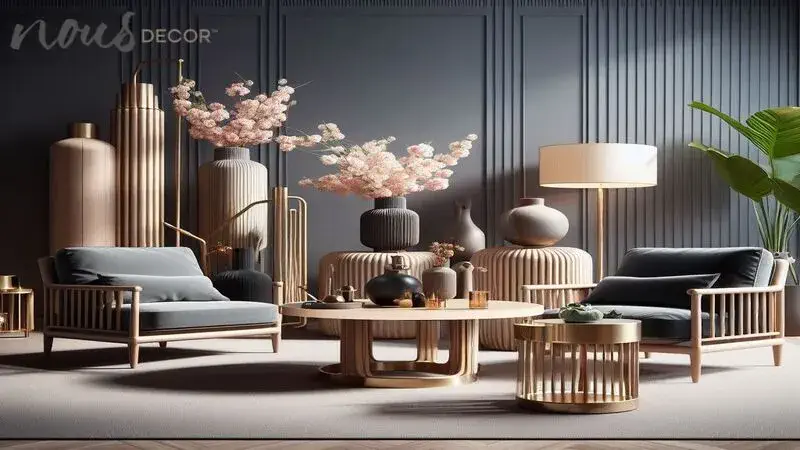
To identify these stylistic nuances, it helps to analyze the specific design components of each type of furniture style. Factors like material selection, construction techniques, decorative accents, and silhouettes all contribute to the unique identities of various categories. For instance, the rich wood tones of traditional furnishings reflect meticulous old-world craftsmanship, while the unembellished profiles of contemporary pieces align with their minimalist aesthetic.
By recognizing how choices in design styles, materials, and decoration distinguish various styles, one can gain a deeper appreciation for the skill, artistic vision, and cultural perspectives embodied in different types of furniture. Whether admiring the timeless grace of traditional decor or the sleek functionality of contemporary forms, understanding the subtleties that define each style allows for a more informed design eye and an enriched understanding of furniture’s place in creative expression.
Frequently Asked Questions
Conclusion
Furniture styles have evolved over time, reflecting cultural trends and innovations in design. Whether your taste runs to sleek contemporary pieces or intricately carved antiques, understanding the hallmarks of different styles allows for more informed furnishing decisions.
Carefully selected furniture that complements your space can pull a room together, creating a cohesive aesthetic. With an eye on quality materials and timeless silhouettes, you can curate a home full of pieces that stand the test of years while showcasing your unique style.


